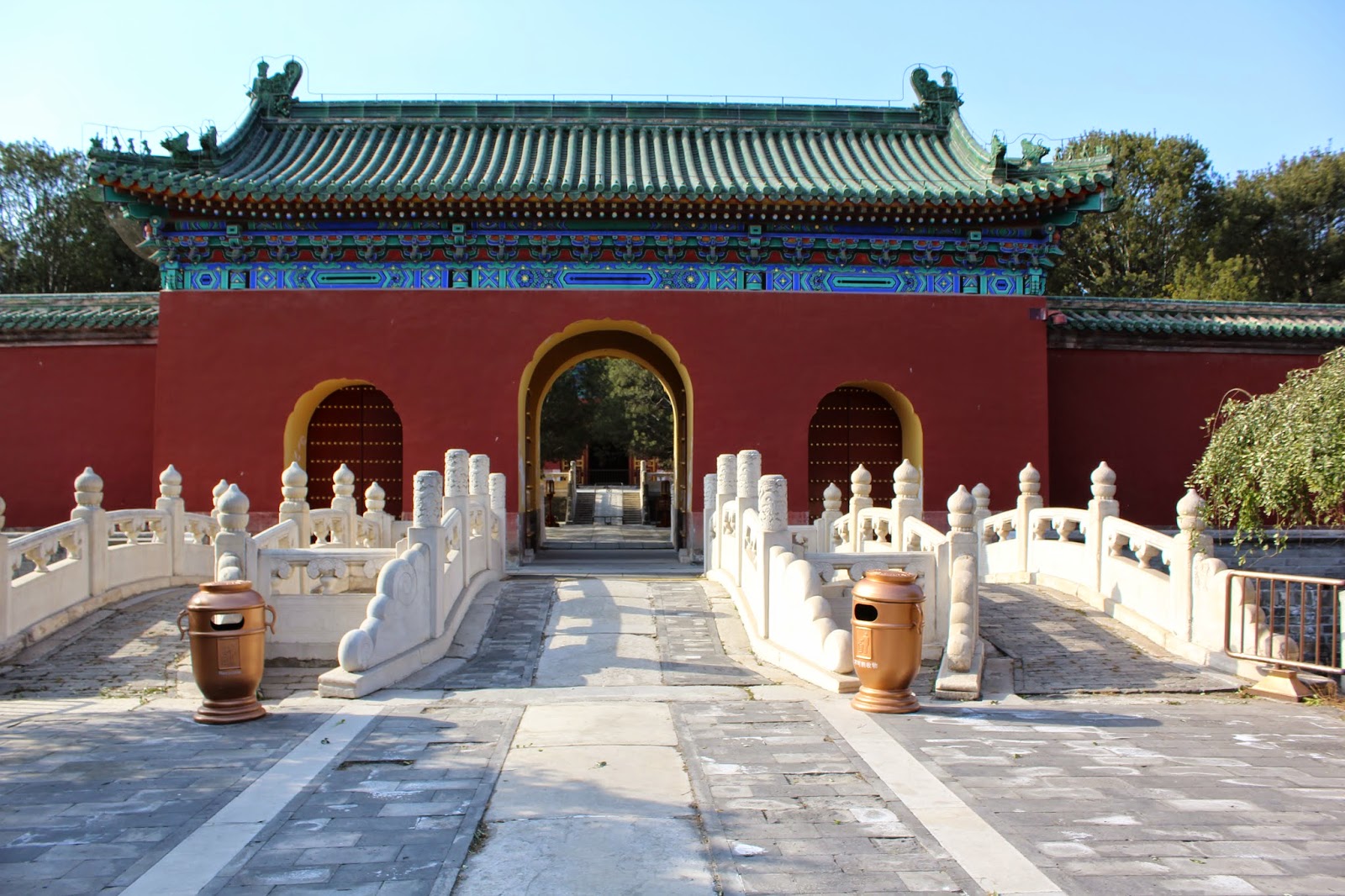Ever since my tickets were booked to Tokyo, two
things were on priority in my ‘to do list’: Japanese tea ceremony and Kimono
wearing experience. Read Asakusa and Kimono wearing experinece
Happoen garden is a beautiful Japanese
garden in Tokyo which has a traditional tea ceremony house. Everything in Japan
has a unique feature, whether it is gardens or toilets or escalators it has a strong Japanese
impressions characterized by its small size and brevity. I think they believe
in the principle of ‘ small is beautiful’.
 |
| Waterbody in Happoen garen |
A stream running through the green garden,
a small water falls, a traditional tea house, restaurant,
old Bonsai trees, beautifully dressed up Japanese brides busy in posing for
photo shoots, garden full of vibrations of celebrations yet maintaining
silence…. That was Happoen garden nestled amid the skyscrapers. It has a banquet
hall and there were couple of weddings ceremonies. Bride and the family in
gorgeous kimonos were adding to the beauty of the garden.
 |
| Japanese bride |
 |
| Women in Kimonos |
I walked through the Bonsai garden. Some of
these miniature trees were more than 500 years of age. Somehow I can’t appreciate Bonsai. For me it
always seems that Bonsai is curbing the natural growth.
 |
| 500 year old Bonsai tree |
Few meters away from
where I stood I could see an old house
right on the bank of a pristine lake. The view was soothing and enchanting. Perfect
tranquil setting for a tea ceremony.
 |
| Winter trees |
I spent some time next to the lake which
was reflecting the trees around. The autumn trees were
awaiting for spring to create the
magic of cherry blooms. I wonder how beautifully
this place might transform during cherry
blossom. I could see skyscrapers right across the garden. Yet it was like 100 miles
away from the city.
 |
| Reflections |
When I reached the traditional tea ceremony house, it was
full. People were waiting outside. When it was our turn we entered the house
which could accommodate 10-12 people. There were two women in the kimonos
welcoming us with a bow. They offered seat. One of the women was introduced herself
as the host or tea master who will lead the tea ceremony. Then for the next 10-15
minutes I witnessed the lengthy
procedure of tea making ceremony which looked like a well-choreographed
performance.
 |
| Tea master |
The host started the rituals which involved many steps. I don’t know how will
they remember those small but several hand movements. The other lady in the house
offered us sweets. Typical of Japanese size they were tiny pieces of sweets.
 |
| Sweets served in the tea ceremony. Look at the size |
It
was not supposed to be eaten until host asks us to eat.Then she continued with the rituals. After cleaning
the bowl she asked us to eat the sweet. Then she prayed, performed some
purification rituals. Then she added two spoons of green tea into the bowl and
poured water. Then she whisked with the same gracefulness. Finally after
praying she offered this to the guest seated in her right side corner. The
guest is supposed to be the chief guest. Then they offered tea to all of us. Before
drinking we were directed to turn the tea cup anticlockwise thrice and also
were advised to repeat the same after finishing the tea. This symbolizes showing
respect to the host. Japanese green tea is literally green in colour and made
of fine green tea powder. Tea mster asked us ‘ how was
the tea’? We answered ‘ it was good’ as advised
by our guide even though it tasted highly bitter.
 |
| Green tea |
The whole procedure of cleaning the
utensils, purifying , praying was full
of graceful movements. Every movement like the way they hold the ladle or pour the hot water was
showing gratitude to the natural elements. They call it as Chadou. The literal
meaning is ‘the way of tea’ .
The whole process is
thanking the supreme power which in their case the elements and transferring
the gift of the supreme to the guests. I am not sure if I understood it
correctly.
 |
| All about tea house |
I was told there are many schools of tea
ceremonies. In the tea ceremony I attended the tea master performed the ritual in
a standing position. There are tea ceremonies where they perform it sitting on
the ground. May be next time I try a different method.
 |
The ceremony was over after the final silent bow from the host. She stood outside the house. I took leave from the tea house.
Related post you may like to read



